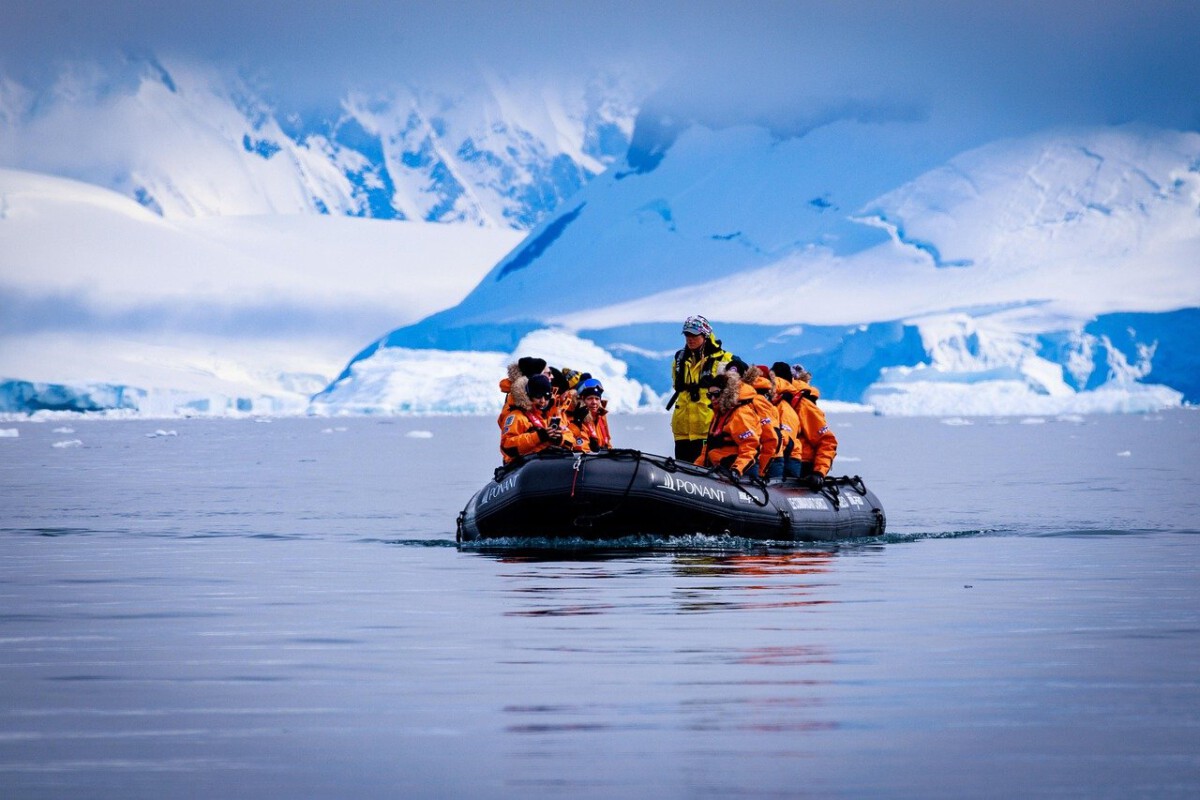Kuwait: Record-Breaking Desert Heat

Kuwait stands out as one of the hottest countries on the planet, with its desert climate pushing temperatures to shocking extremes. While it did not break regional records in 2023, Kuwait experienced sweltering highs of around 51.1 degrees Celsius (124 degrees Fahrenheit) during the peak of summer. The highest temperature ever recorded in the country remains 54.0°C (129.2°F), measured in Mitribah in July 2016, one of the hottest temperatures recorded globally. The country rarely receives rainfall, and humidity stays low, intensifying the harshness of the summer sun. Infrastructure in Kuwait is built to battle the heat, so air conditioning is not just a luxury—it’s a necessity, found everywhere from homes to bus stops. Travelers visiting Kuwait will find a blend of modern skyscrapers and rich traditions, but must always be cautious outdoors, especially between noon and 4 pm. The risk of heatstroke is real, and authorities regularly advise people to stay hydrated and limit time outside. Despite the fierce sun, Kuwait’s culture and landmarks, like the iconic Kuwait Towers and the vibrant Souq Al-Mubarakiya, draw in curious visitors year-round. This is a place where the heat is as much a part of daily life as the deep hospitality of its people.
Iraq: Scorching Summers and Ancient Wonders

Iraq is no stranger to blistering summers, particularly in the southern cities where the sun seems relentless. In Basra, July 2023 saw the mercury climb to around 51.8 degrees Celsius (125.2 degrees Fahrenheit), making headlines and reminding everyone of the country’s place among the world’s hottest. Iraq’s climate is classified as arid, meaning rainfall is rare and the sun dominates the weather for months at a time. The extreme heat poses real challenges for daily life, with power grids sometimes struggling to keep up with the demand for cooling. Yet, the land is steeped in history, with sites such as Babylon, Ur, and the bustling capital of Baghdad offering glimpses into humanity’s earliest civilizations. Visiting Iraq in summer requires planning: lightweight clothing, constant hydration, and seeking shade are critical survival tips. Despite the oppressive heat, the warmth of the people and depth of cultural heritage make it an unforgettable destination. Local guides often recommend exploring historical sites early in the morning or late in the evening to avoid the punishing midday sun.
Iran: Home to Earth’s Hottest Ground Temperatures

Iran features some of the most extreme climates on Earth, especially in its vast deserts like the Dasht-e Lut (Lut Desert). Satellite data from NASA in recent years has confirmed that ground surface temperatures in the Lut Desert can soar above 70 degrees Celsius (158 degrees Fahrenheit), making it one of the hottest places on Earth. In some instances, the ground temperature has been recorded as high as 70.7°C (159.3°F), though this refers to surface—not air—temperatures. This environment is so intense that even the hardiest desert organisms struggle to survive. Despite such brutal extremes, Iran is a country of contrasts, with ancient cities, lush northern landscapes, and hospitable people ready to share their rich culture. The cities of Yazd and Kerman, built with thick mud-brick walls and wind catchers, are architectural marvels designed to stay cool. Tourists are encouraged to visit from late autumn to early spring, when the weather is more forgiving and the country’s beauty can be fully appreciated. In Iran’s deserts, heat isn’t just a number—it’s a force that shapes culture, survival, and the rhythm of daily life.
United Arab Emirates: Luxury Amid the Heat

The United Arab Emirates (UAE) is globally known for its luxurious cities and relentless summer sun. In July 2023, Dubai reported temperatures reaching 50.5 degrees Celsius (122.9 degrees Fahrenheit), making outdoor life nearly impossible during peak hours. The country’s rapid development has resulted in advanced cooling systems—malls, hotels, and even bus stops are air-conditioned, offering respite from the sweltering heat. Despite the climate, the UAE remains a hotspot for tourists, with attractions such as the Burj Khalifa, indoor ski slopes, and sprawling beaches drawing millions each year. Locals and visitors alike are advised to plan outdoor activities for the early morning or late evening when the desert cools slightly. Hydration is key, and public health campaigns regularly remind people of the dangers of dehydration and heatstroke. The contrast between the harsh external environment and the luxury found inside buildings is striking, making the UAE a fascinating example of adapting to nature’s extremes. Even in the heat, the country’s nightlife and cultural festivals continue, giving visitors plenty of reasons to brave the sun.
Antarctica: The Coldest Place on Earth

Antarctica is unmatched when it comes to extreme cold, with 2023 witnessing temperatures plummeting to -80 degrees Celsius (-112 degrees Fahrenheit) at the East Antarctic Plateau. Winter here is relentless, with brutal winds and a sun that doesn’t rise for months, creating one of the most inhospitable environments on our planet. Only a handful of research stations operate year-round, and expeditions require months of preparation and specialized survival gear. For the few adventurous travelers who visit during the relative warmth of November to March, the conditions remain unpredictable and challenging. The landscape is both stunning and alien, with endless white vistas, towering icebergs, and unique wildlife like emperor penguins and Weddell seals. The sheer isolation and extreme cold make even the simplest tasks, like walking outside, a feat of endurance and planning. Scientists and explorers brave these elements to study climate change and the mysteries of the polar environment. Antarctica’s beauty is as harsh as it is breathtaking, making it a destination that few ever experience firsthand.
Russia: Siberian Chill and Ice-Bound Villages

Russia’s Siberian region is infamous for its frigid winters, where temperatures often plunge lower than anywhere else in the inhabited world. In recent years, the Siberian village of Oymyakon has recorded temperatures as low as -67.7 degrees Celsius (-89.9 degrees Fahrenheit), a temperature that tests the limits of human endurance. The cold here is so intense that metal can become brittle, and vehicles must be kept running throughout the day to avoid freezing solid. Despite these conditions, Oymyakon and other Siberian communities have adapted, with unique traditions and infrastructure designed to survive the freeze. The Russian winter can last for months, with only brief, mild summers providing relief. While cities like Moscow and St. Petersburg are cultural hubs, the Siberian wilderness is both beautiful and forbidding. Heavy clothing, layered insulation, and a working knowledge of winter survival are essential for anyone visiting or living in this region. The cold is a defining feature of life here, shaping everything from cuisine to architecture.
Canada: Snowy Wilderness and Arctic Extremes

Canada is well-known for its cold winters, especially in its vast northern territories where the Arctic climate takes hold. In 2023, parts of the Yukon experienced temperatures as low as -45 to -48 degrees Celsius (-49 to -54 degrees Fahrenheit), a stark reminder of the country’s wintry reputation. Snowfall can be heavy, and icy conditions often make transportation a challenge for residents and visitors alike. Despite the chill, Canada’s natural beauty remains a major attraction, with national parks, frozen lakes, and the northern lights dazzling those willing to brave the cold. Winter sports are central to Canadian culture, with skiing, ice hockey, and snowboarding drawing enthusiasts from around the world. For those unaccustomed to such temperatures, dressing in multiple layers and staying active are crucial tips to avoid frostbite. Major cities like Toronto and Vancouver are milder, but the country’s true wilderness is found further north. Canada’s winters are demanding, but for many, the rewards of breathtaking scenery and vibrant culture are worth the frost.






